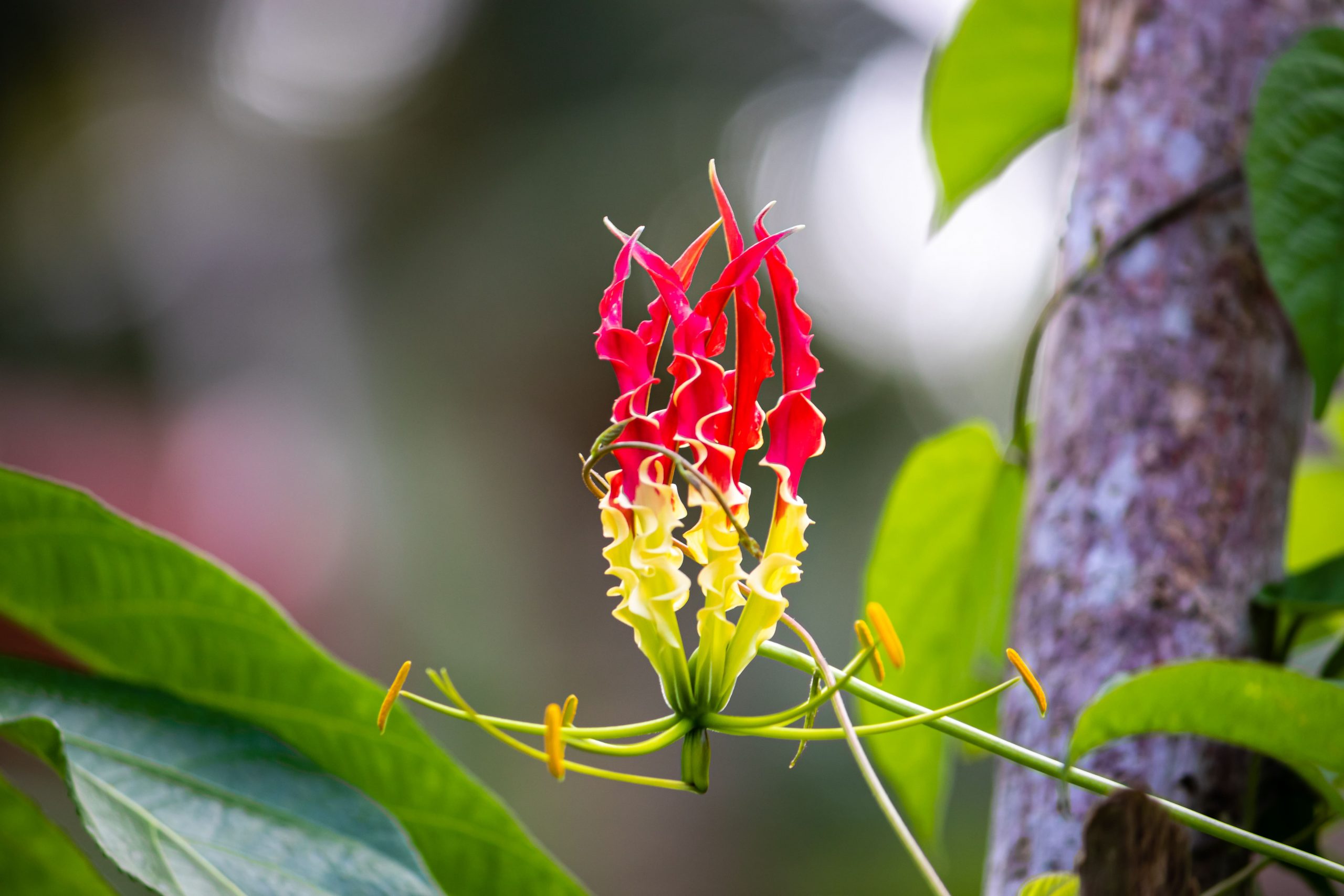When planning your garden, it’s essential to think about which plants will thrive together. This practice, known as companion planting, can help ensure a healthier ecosystem with fewer pests and diseases.
Plants That Enhance Each Other in Color, Form and Texture
When planting plants in your landscape, you should take into account how they’ll appear together. Your design may dictate this decision but try to incorporate some contrast between the plants for a pleasing visual.
Color is essential when designing your garden, as it adds personality and helps you achieve the desired aesthetic. Additionally, using it to tie in other elements like trees and shrubs is a great way to bring everything together.
If you want a unique plant combination in your yard, try mixing dark foliage plants with light-blooming perennials. This creates an eye-catching effect and pairs nicely with bright-toned groundcover.
It is wise to consider the heights of plants when designing your landscape, as taller ones provide shade for lower-growing ones and help prevent leaf burn. Additionally, this helps suppress weed growth and discourages erosion.
A tall pepper plant not only deters pests like aphids, but it also provides support to tender young plants. You can plant radishes, lettuce and spinach around your peppers to provide some protection from insects while they develop to their full potential.
Another plant that complements peppers is garlic, which acts as an effective pest repellant. As part of the Allium family (which includes onions and leeks), garlic repels aphids, nematodes and many other insect pests. Plus, its fragrant flowers attract bees and other pollinators to your vegetable garden.
Garlic is an ideal companion for raspberries, keeping away pests and fungal disease. It’s also great to add to a rose’s garden as garlic repels many insect pests that attack roses.
Onions, leeks and chives are great companions for raspberries. Not only do these herbs repel aphids, flies and beet worms from your produce but they also enhance its flavor as well. Plus they work great as repellants against Japanese beetles, cabbage worms and carrot flies as well.
Finally, select plants that will complement each other in terms of maturity size and color. Doing this will guarantee that all the plants in your yard look their best.
One simple way to achieve this is through our Plant Companion Tool in our Garden Planner. Select a vegetable on the screen, click ‘Show Companions’, and you will be presented with a list of plants that grow best together with your selected vegetable.
With ease, you can visualize how each plant fits in to your garden and where it will be most beneficial. Not only does this save time and energy for you, but it also makes your garden more productive overall.
Selecting the ideal plants to pair together can be daunting, but it doesn’t have to be! By selecting plants that complement one another in terms of mature size and color, you’ll guarantee your landscape will be the envy of all your neighbors!





